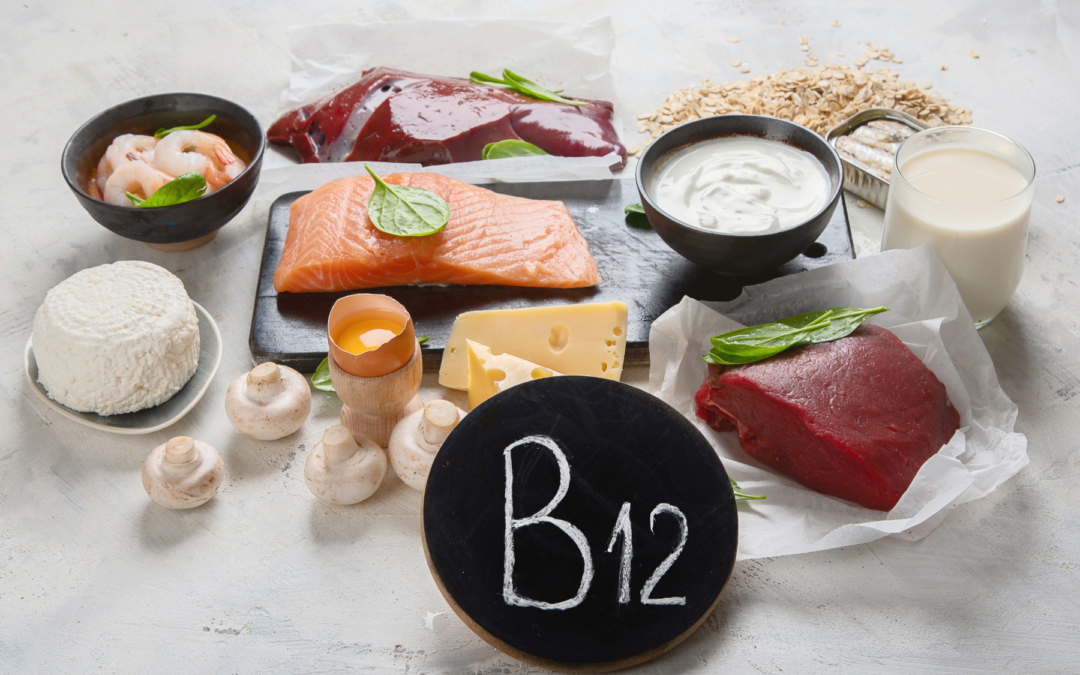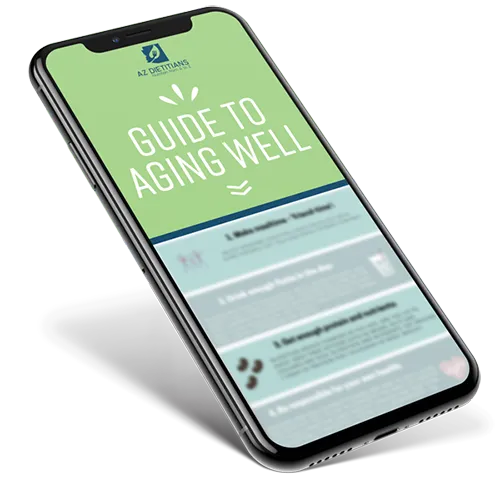A large piece of caring for your overall health and well-being involves learning about the important vitamins and minerals required for feeling like your best self. Among these minerals, iron stands out as one that is crucial but sometimes misunderstood. Whether you’ve had issues with low iron levels in the past or are simply looking to learn more about iron importance and how to maintain adequate levels, this compilation of iron-rich sources and meal ideas will serve as a great resource for you.
Importance of Iron for Health
One of iron’s key roles in the body is its function in the creation of hemoglobin. Hemoglobin is important because of its involvement in oxygen transport. This is why if you have low hemoglobin, you may experience low energy levels, leaving you feeling weak and tired (1).
Not getting enough iron can cause a condition called anemia. If you have low iron and have noticed symptoms of weakness, tiredness, trouble focusing, or irritability, it may be due to anemia (2).
Since iron plays such a crucial role in our overall health, consuming enough is important. Knowing which foods can help with maintaining adequate iron levels along with how to eat them can be useful in preventing the unpleasant side-effects of low iron or anemia.
Iron-Rich Foods: Animal-Based
Not all iron-rich foods are created equal. Some are absorbed better than others. These better-absorbed sources come from heme iron and are found in animal-based foods (3). The following list contains sources of iron along with the percent of the daily value for the average person that each serving contains. If you eat meat, consider adding one of these iron-rich food sources to your next meal (4):
- Oysters: 44%
- Liver: 28%
- Red meat: 11%
- Sardines: 11%
- Chicken: 6%
- Turkey: 6%
- Egg: 6%***
- Tuna: 6%
***Although eggs are an animal-based source of iron, they are actually considered to be a form of non-heme iron since the iron doesn’t come from hemoglobin.
Iron-Rich Foods: Plant-Based
Even if you are vegetarian or vegan, you can still meet your iron needs from plant-based foods. Iron from these sources isn’t as readily absorbed as heme iron and is known as non-heme iron (3). Here is a list of sources of plant-based foods and the percentage of the daily value of iron that they provide (4):
- Fortified breakfast cereals: 100%
- White beans: 44%
- Lentils: 17%
- Spinach: 17%
- Tofu: 17%
- Kidney beans: 11%
- Chickpeas: 11%
- Tomatoes: 11%
- Potato: 11%
- Cashew nuts: 11%
- Green peas: 6%
- Rice: 6%
- Bread (white or wheat): 6%
- Broccoli: 6%
Tips for Getting the Most out of Your Iron Intake
Since non-heme iron isn’t absorbed easily by the body, it’s crucial to pair non-heme iron sources with foods that will help increase the absorption of iron. Foods containing high amounts of vitamin C are helpful in the absorption process (5). Some great sources of vitamin C include:
- Bell peppers
- Sprouts
- Broccoli
- Strawberries
- Citrus
- Kiwi
- Papaya
Meal Suggestions
Now that you know good food sources of both iron and vitamin C, here are a few simple yet tasty meal ideas to help boost your iron status:
Steak Salad
Salads provide an easy way to not only add some fresh leafy greens to your diet but also up your iron absorption. Incorporate some broccoli and bell peppers for extra vitamin C.
Tacos
Beef tacos are a delicious entree that allows adding flavor and variety with vitamin C-rich additives. For example, cabbage is high in vitamin C and will also give the dish a nice crunch.
Soup
Soup is so versatile, which makes it an easy way to sneak in iron and vitamin C sources into the same dish. For the base of your soup, start with beef, chicken, or bone broth, and then add protein and vegetables. For protein, use any meats from the list or beans/legumes or tofu if you are vegan. Spinach, bell peppers, and broccoli are all good vegetables to use for their vitamin C content. Finally, finish by flavoring with a variety of herbs and spices.
Stir Fry
Start with an iron-rich protein source like beef, chicken, or tofu. Then, throw in some bell peppers, cabbage, and/or broccoli to boost iron absorption with vitamin C. Last, serve over a bed of rice for a nutritious and balanced meal.
References
(1) Wessling-Resnick M. Iron. In: Ross AC, Caballero B, Cousins RJ, Tucker KL, Ziegler RG, eds. Modern Nutrition in Health and Disease. 11th ed. Baltimore, MD: Lippincott Williams & Wilkins; 2014:176-88.
(2) Powers JM, Buchanan GR. Disorders of iron metabolism: New diagnostic and treatment approaches to iron deficiency. Hematol Oncol Clin North Am. 2019 Jun;33(3):393-408. [PubMed abstract]
(3) Aggett PJ. Iron. In: Erdman JW, Macdonald IA, Zeisel SH, eds. Present Knowledge in Nutrition. 10th ed. Washington, DC: Wiley-Blackwell; 2012:506-20.
(4) Office of dietary supplements – iron. NIH Office of Dietary Supplements. Accessed January 22, 2024. https://ods.od.nih.gov/factsheets/Iron-HealthProfessional/#en4.
(5) Hurrell R, Egli I. Iron bioavailability and dietary reference values. Am J Clin Nutr 2010;91:1461S-7S. [PubMed abstract]







